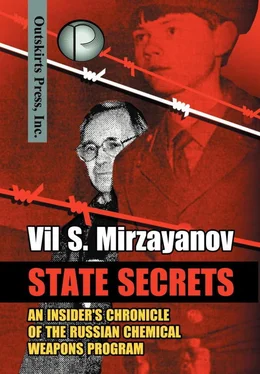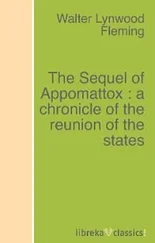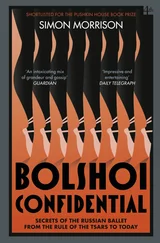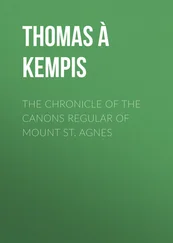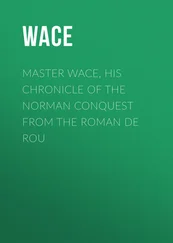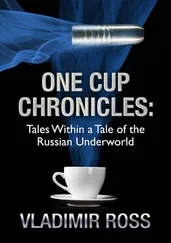I asked for Lev Fedorov’s telephone number in the editor’s office of Sovershenno Sekretno , called him, and we agreed to meet in my apartment. Our meeting took place in the middle of August. Fedorov had graduated from Kostroma Military Chemical School, but he had only a weak notion about the problems of chemical weapons. I also had the impression that he was a bit too curious. Probably I told him too much, for example about the essential difference between the new chemical agents and the ones that were known up until that time. We agreed that each of us would prepare for future publication our own version of an article on the problem of chemical weapons in Russia. Then we would work on an agreeable coordinated text and would try to publish the material in one of the popular papers.
Two days later I wrote an article called “The Chemical Sharashka in Moscow Expects Help from America.” The day after that, I met with my co-author in the subway and handed him my version of the article. However, Fedorov didn’t bring his version, and I wasn’t very happy about that. On the other hand, I realized that he simply had nothing to write about.
At the end of August and in the beginning of September, Fedorov had to participate in a conference in Finland. When he returned, he called and said that he had reached an agreement to publish the article in the weekly paper Moscow News . We met again shortly after that, and I handed him the manuscript of a different article, one about the ecological aspects of chemical weapons production at the Volgograd plant. This plant had been constructed with materials and equipment brought in from Germany after the Second World War.
This factory was created so that we had something to poison our former allies (like the United States) with, because the U.S.S.R. was already preparing for a war with them. Later that plant started producing soman as well. GOSNIIOKhT opened a branch there for experimental industrial production, and at first it produced Substance 33, then “Novichok,” and components of binary weapons. For many years the plant had also been a “training school” for top managers for the VPK. I wrote about this in my article. But this article was never published independently. Later, after I was released from Lefortovo Prison, I was surprised to read it in “The Bulletin of the Social and Ecological Union”. It was published in the form of an interview, which I allegedly gave along with Lev Fedorov. However, no such interview ever took place.
In September, Fedorov called to tell me that he had arranged for me to meet Will Englund, a journalist for the Baltimore Sun . The interpreter was Andrei Mironov, a famous dissident, who had served a prison term for anti-Soviet propaganda. I told Will Englund what I had written about in my article for Moscow News . I had the impression that he had a sharp mind and could quickly grasp the essence of the problem. However, it bothered me a little that Fedorov obstinately tried to impose a discussion of dioxins in Ufa on Englund, and that distracted us from our main issue for a long time.
At the end of our conversation, Englund asked me how I could verify my story, and I replied that the strength of my convictions would never allow me to disclose any secrets – technical or otherwise. I recommended that he get in touch with my colleague Edward Sarkisyan, an activist in the Democratic Russia Movement. Probably he would confirm what I had told Englund. Edward and I didn’t discuss this beforehand or have any kind of understanding or preliminary agreement, but I hoped that he could meet with the American correspondent, and he did. Edward told me about it later over the phone. He also added that he had made a recording of the conversation with Englund and they agreed that Englund would show him the material before publication. A few weeks after that I asked him to call to Andrey Zheleznyakov who agreed to answer the reporter’s questions. [81] Before that I had a telephone conversation with Andrei. He knew about the article “A Poisoned Policy” and he approved of it. I asked him whether he could give an interview to the American journalist Will Englund. I hoped at the same time that after his history was known by some responsible agencies in the US, perhaps they could give him the chance to be cured in an American hospital. Unfortunately at that time, I didn’t know there are not any such responsible agencies, and the ones that exist are mostly busy trying to compromise people like me. Anyway Andrei agreed to give an interview, and I immediately called Will. As a result the whole world became familiar with his history and the history of the development of Russian Novichok agents and a binary weapon based on them. See ref. 40.
Just before Moscow News released the article, Leonard Nikishin from that paper called to read me the text. Although Fedorov had made a few insertions that did not sit well with me, I agreed to the article’s publication, since Nikishin insisted there was little time for changes. Moscow News published “A Poisoned Policy” on September 16, 1992 with a joint Mirzayanov-Fedorov byline and dressed it up with a landmark photograph of GOSNIIOKhT’s administrative building. That was the first published image of a secret Post Office Box. [82] Vil Mirzayanov and Lev Fedorov, “A Poisoned Policy”, N 39, September 16, 1992. See Annex 3.
From its opening lines, “A Poisoned Policy” left the readers no illusions, asserting that Russia was continuing to test and produce chemical weapons despite international pledges to the contrary. It also stated that this activity threatened the health of Muscovites, and that the generals operating the chemical weapons complex were running amok. The article warned that Russian military authorities had already approved new chemical weapons and stockpiled a large amount of them. GOSNIIOKhT, the article specified, had developed a new toxic agent that was much more powerful than VX and had also successfully developed and produced a new binary variant of that agent. The first production of the binary agent had occurred at Volgograd, and in the spring of 1991 former Soviet President Mikhael Gorbachev had rewarded those involved with the prestigious Lenin Prize. The new binary had been field tested in the first quarter of 1992 at the Nukus test site, perhaps without the knowledge of Uzbekistan’s new President, Islam Karimov. The article further pointed out that these binary tests had occurred on President Yeltsin’s watch, after his January 29, 1992 statement committing Russia to a 1990 bilateral agreement with the United States to eliminate chemical weapons and no longer produce them. [83] Letter Dated 30 January 1992, from the Representative of the Russian Federation Addressed to the President of the Conference on Disarmament, Transmitting the Text of the Statement Made on 29 January 1992 by B .N. Yeltsin, the President of the Russian Federation, on Russia’s Policy in the Field of Arms Limitation and Reduction,” CD/1123 (Geneva: 31 January 1992). In an interview with the US television show “20/20,” Yeltsin was asked directly whether Russia was still producing chemical and biological weapons. He responded as follows: “It’s a very difficult question. Therefore, I want to save this for my one-on-one talk with the US President. I can give only one promise. In the next few months we’re going to take steps to discontinue this kind of activity in accordance with international agreements on chemical and biological weapons.” Transcript from “20/20,” ABC News Division, 31 January 2002.
In other words, five years after Soviet leader Gorbachev pledged that the country had stopped making chemical weapons, Russia had just tested the most powerful chemical weapon ever.
Читать дальше
